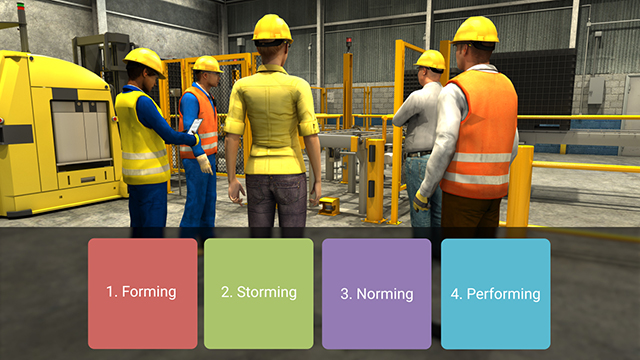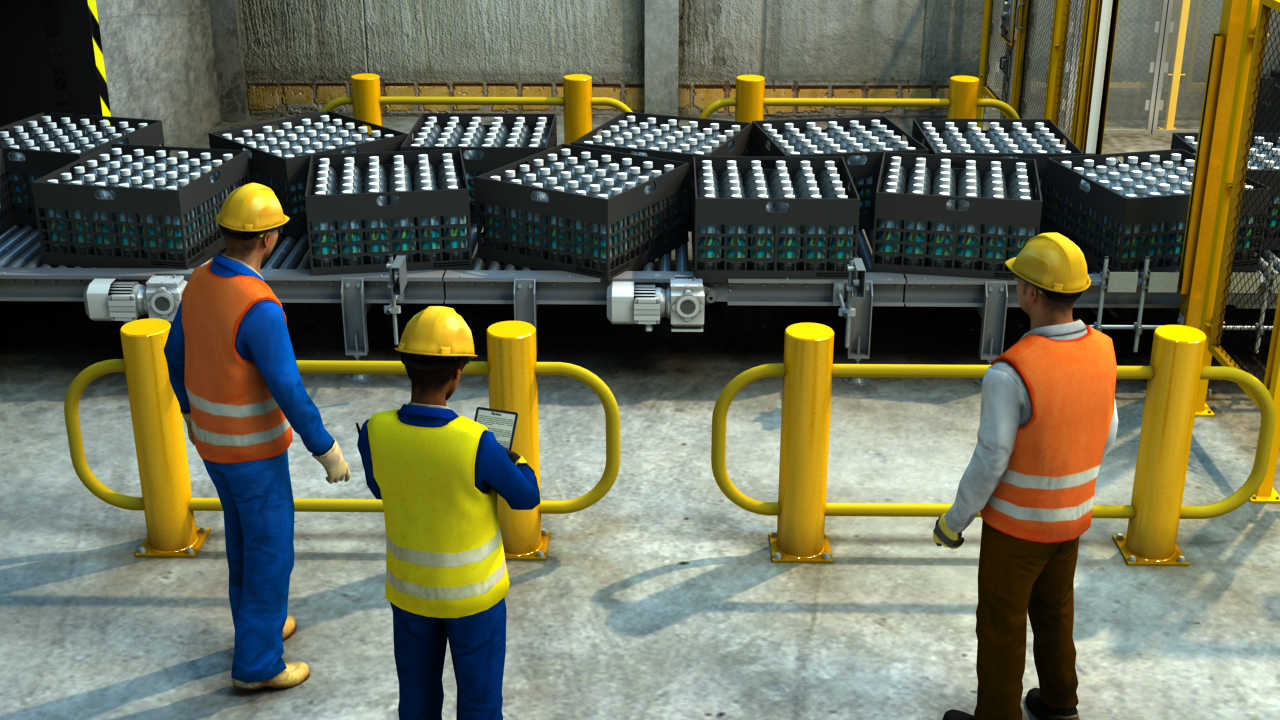




Lean Manufacturing: Kaizen
Did you know businesses are implementing Lean initiatives so they can remain market leaders? If a business is the market leader today, but fails to continually improve its products and services, eventually, a competitor will either make it quicker, better or cheaper, taking its customers away. To meet today’s challenges, businesses are continually seeking out methods to increase quality and reduce waste. Among the options, companies are improving their quality system, and implementing Lean initiatives and new processes at their facilities. Many companies are embracing the Kaizen structured approach to continually improve processes. This interactive online course will cover the continuous improvement process known as Kaizen. Kaizen measures improvement by working on an existing problem and following through with actions to correct it. It is not just a one-time event; it is a process that can occur every day.
Request a demoCourse Details
Learning Objectives
Specs
| Course Level | Intermediate |
| Languages | English |
| Compatibility | Audio, Video |
| Based on: | Industry Standards and Best Practices |
Key Questions
What is the definition of Kaizen?
A measurable improvement that creates positive impacts by identifying wastes and implementing standard methods to eliminate those wastes from processes.
What is Muda?
It is a Japanese word that translates to “wastefulness”. It includes non-value-added activities in the processes that are necessary for the end customer, for example, inspection; as well as non-value-added activities in the processes that are unnecessary for the customer, for example, rework.
What is Mura?
It is a Japanese word that translates to “unevenness or unbalanced”. It is the reason for the existence of process waste or Muda.
What is Muri?
It is a Japanese word that translates to “overburden or overloaded”. It exists when machines or operators are utilized for more than 100% capability to complete a task.
What is the definition of Gemba?
A walk conducted along the actual place to see firsthand the need for opportunities on improvements.
Sample Video Transcript
A team needs to be created to drive the Kaizen activities and to report gains to management. To have positive results on actions, it is very important to educate the workforce. Teams should be given proper Kaizen training, tools, and system structure to allow them to succeed. Coaching employees and encouraging them to become aware of problems and ways to improve every day is the cultural change Kaizen initiates. When employees take ownership of processes, it becomes natural to think about possible improvements as their responsibility, turning employees into a powerful engine for improvements. The successful use of Kaizen rests on gaining support for the approach across the organization, from senior management down. It is important to understand the three areas within any company that could be affected by defects. They are Product, Process and System. When acting on an improvement at the Product level, the Team needs to: • Protect the Customer from receiving a poor-quality product; and • Improve the value-added work. When acting on an improvement at the Process level, the Team needs to: • Focus on preventing the process from producing waste. Try to eliminate unneeded steps and rearrange processes to reduce waste; • Drive actions that will not generate an increase sales price. The customer is already paying for a quality product. The Customer is not responsible for your inefficiencies; • Evaluate Cycle time to eliminate inefficiencies. Combine steps when possible to simplify the process. Work on process organization utilizing 6S; and • Consider how to train personnel on updated processes documentation. When acting on an improvement at the System level, the Team needs to: • Implement a way for the System to predict and react when wastes are identified. • Avoid adding additional processes that will end up costing more money; and • Consider what system will drive the transformation to sustain the improvement. Kaizen works directly with Standardized Work. Standardized Work relates to the living documentation used to document and give formality to the process, and which will continually evolve through Kaizen. Kaizen focuses on building a culture where all employees are actively engaged in suggesting and organizing implementation of improvements within the company. Kaizen is not only limited to manufacturing or production processes but can be applied to any process within the company. Kaizen is based on making small incremental improvements in the processes and work standards.
Course Applies To
Demos + Pricing
Learn more about our courses, get pricing, and see our platform.











